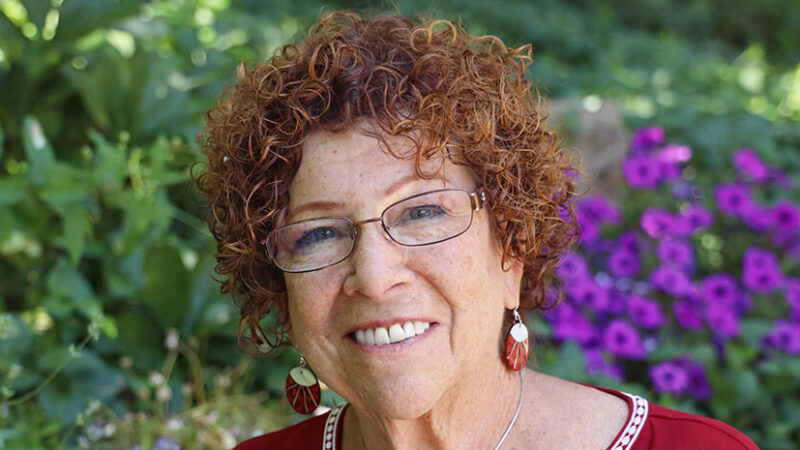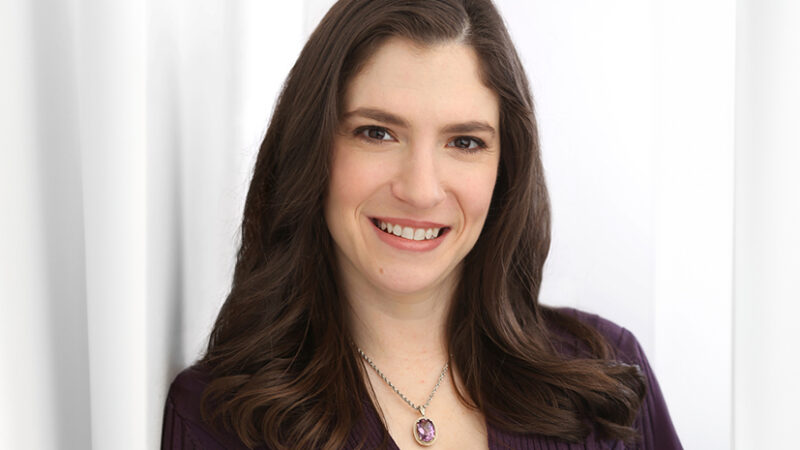Six Summer Reads You Won’t Want to Miss!
After the stillness of winter and the slow waking of spring, summer is a time for getting up, getting out, and getting our hands on what inspires us the most. Here are some recent Sounds True releases for tapping into a life well lived.
1. The Biophilia Effect – Clemens G. Arvay

This is a book that celebrates our interconnection with nature and shows how to deeply engage the natural world wherever you live to dramatically improve your health. Clemens G. Arvay presents fascinating research, practical tools and activities,
inspiring stories, and more in this accessible guide to the remarkable benefits of being in nature.
Get it here: https://www.soundstrue.com/store/the-biophilia-effect.html
2. The Healing Code of Nature – Clemens G. Arvay

Human beings are inseparable from the natural world, coevolving with all of life. In order to thrive, we need to nourish this bond. In his latest book, biologist Clemens G. Arvay illuminates the miraculous ways that the human body interprets the living “code” of plants, animals, and our larger natural habitat for healing and sustenance.
Get it here: https://www.soundstrue.com/store/the-healing-code-of-nature.html
3. Book of Beasties – Sarah Seidelman

“From an ancient perspective, everything—including all natural things, like rocks, flowers, trees, insects, birds, and mammals
—is alive and infused with conscious energy or spirit,” writes Sarah Seidelmann. If you’re one of the many people looking to reconnect with the creativity, wisdom, and vital energy of the natural world, here is a fantastic guide for tapping into the power of animal totems, or “beasties.”
Get it here: https://www.soundstrue.com/store/book-of-beasties.html
4. No Recipe – Edward Espe Brown
 “Making your love manifest, transforming your spirit, good heart, and able hands into food is a great undertaking,” writes renowned chef and Zen priest Edward Espe Brown, “one that will nourish you in the doing, in the offering, and in the eating.” With No Recipe: Cooking as Spiritual Practice, Brown beautifully blends expert cooking advice with thoughtful reflections on meaning, joy, and life itself.
“Making your love manifest, transforming your spirit, good heart, and able hands into food is a great undertaking,” writes renowned chef and Zen priest Edward Espe Brown, “one that will nourish you in the doing, in the offering, and in the eating.” With No Recipe: Cooking as Spiritual Practice, Brown beautifully blends expert cooking advice with thoughtful reflections on meaning, joy, and life itself.
Get it here: https://www.soundstrue.com/store/no-recipe.html
5. Yoga Friends – Mariam Gates & Rolf Gates
 From the creators of Good Night Yoga and Good Morning Yoga comes a beautifully illustrated city adventure that introduces children to the delights and benefits of partner yoga.
From the creators of Good Night Yoga and Good Morning Yoga comes a beautifully illustrated city adventure that introduces children to the delights and benefits of partner yoga.
Perfect for teaming up with a friend, sibling, parent, or caregiver, each easy practice shows how cooperation helps us to imagine, move, and have fun in a whole new way.
Includes a back-page guide for parents and caregivers, showing how to do each pose and how to connect them into an easy-to-follow flow.
Get it here: https://www.soundstrue.com/store/yoga-friends.html
6. Happier Now – Nataly Kogan
What if you could be happier, right now, without radically changing your life? As nationally recognized happiness expert Nataly Kogan teaches, happiness is not a nice feeling or a frivolous extra. It’s a critical, non-negotiable ingredient for living a fulfilling, meaningful, and healthy life—and it’s a skill that we can all learn and improve through practice. In Happier Now, Nataly shares an illuminating, inspiring, and science-based guide to help you build your happier skills and live with more joy, starting now.
Get it here: https://www.soundstrue.com/store/happier-now.html
Have other books you’ve read by the poolside or under a shade tree ended up changing the way you see the world? Tell us about those summer reads that ended up being more than you expected!












